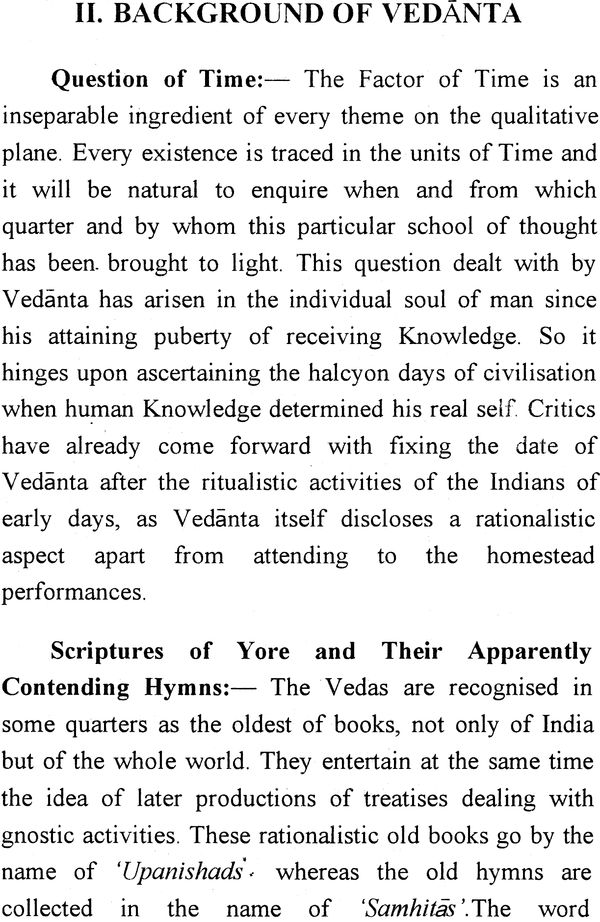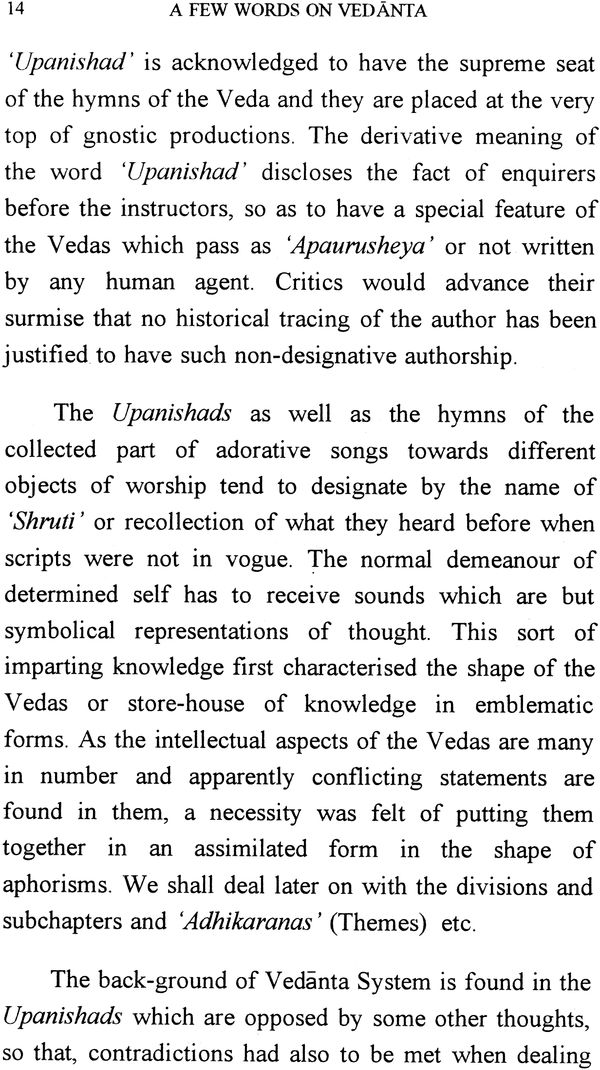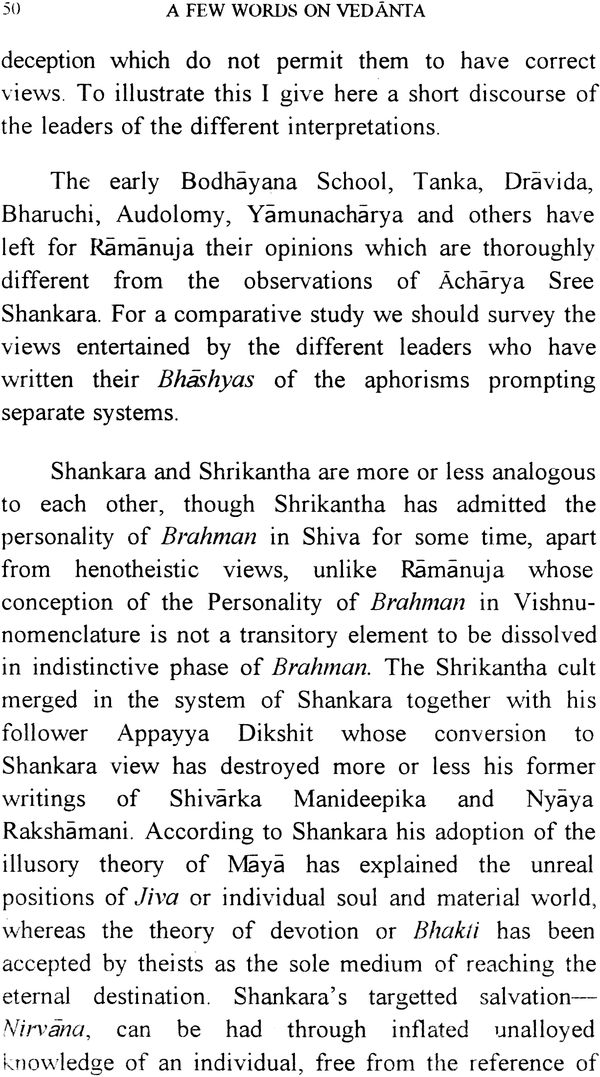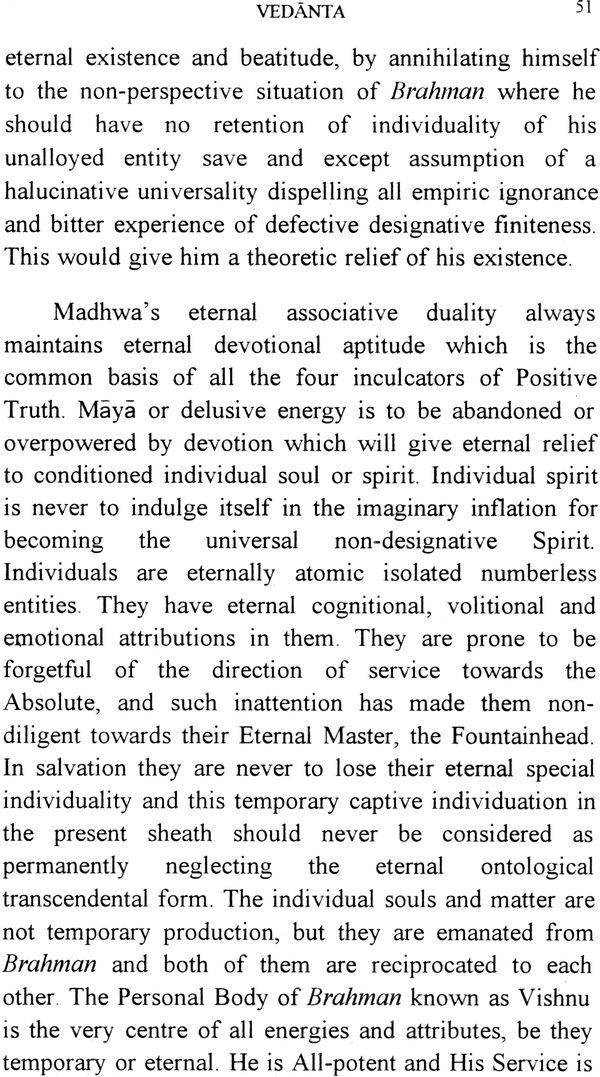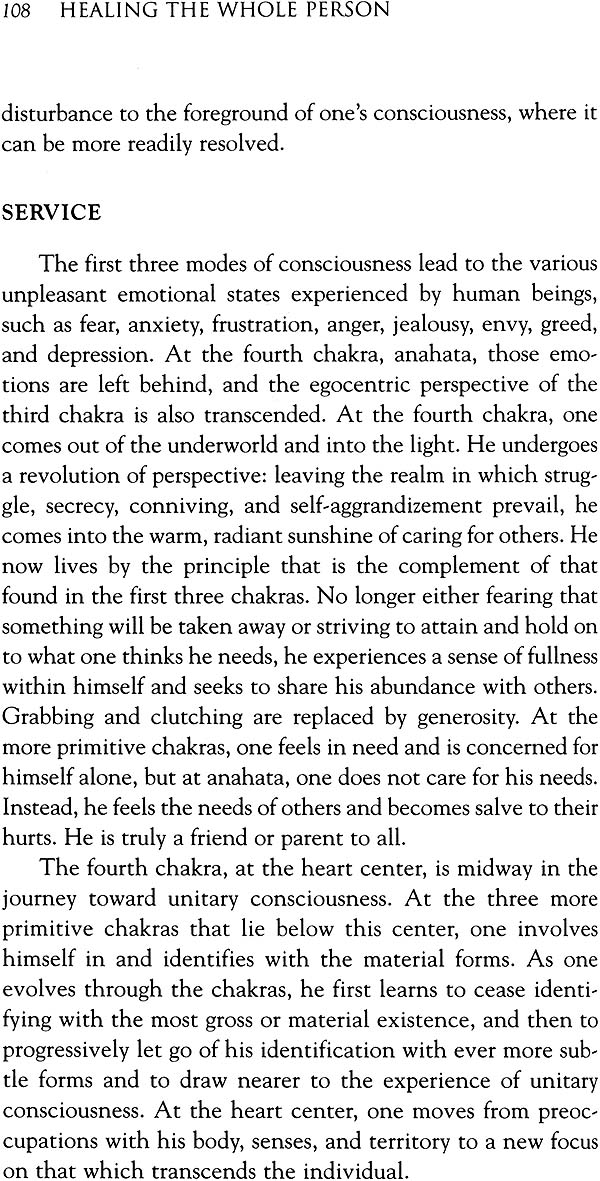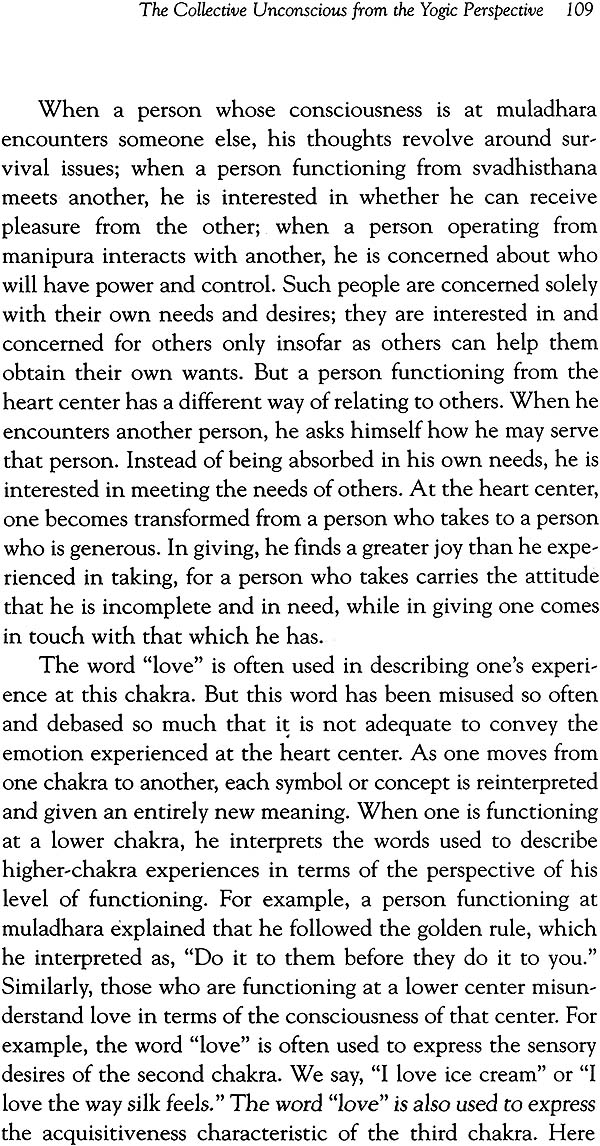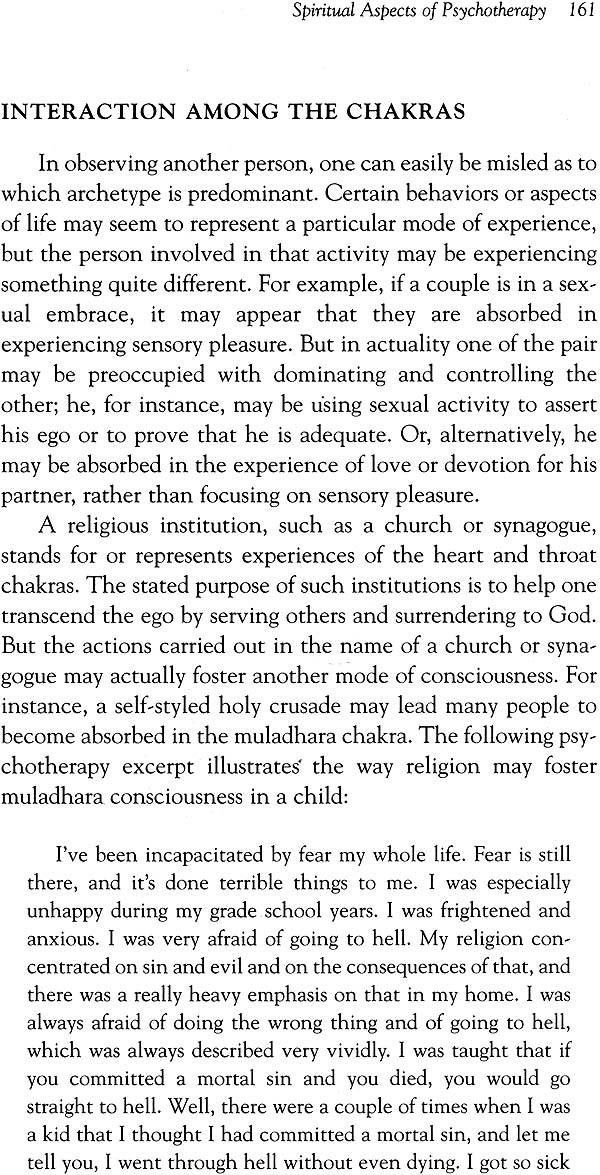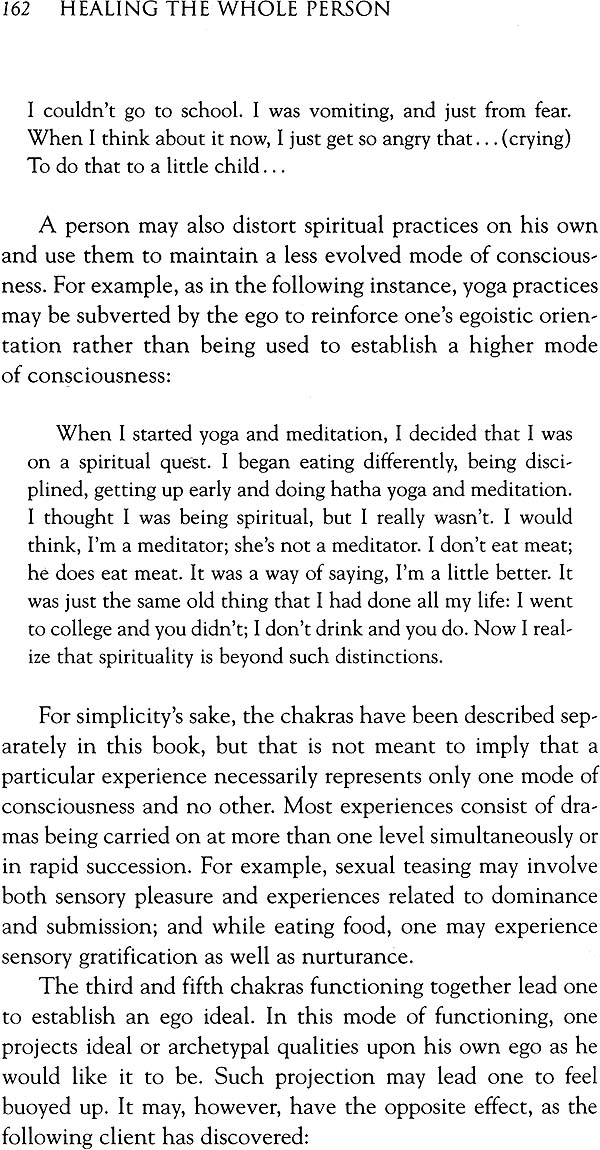
Healing The Whole Person (Application of Yoga Psychotherapy)
Book Specification
| Item Code: | NAG954 |
| Author: | Swami Ajaya |
| Publisher: | Himalayan Institute |
| Language: | English |
| Edition: | 2008 |
| ISBN: | 9780893892753 |
| Pages: | 216 |
| Cover: | Paperback |
| Other Details | 8.0 inch X 5.5 inch |
| Weight | 280 gm |
Book Description
Introduction
Yoga is More Popular Than Ever with the American public. Tens of millions practice some form of yoga on a regular basis, and yoga-related products, such as books, videos, and yoga mats, can be found in stores everywhere. It has become so mainstream, in fact, that yoga has even been used in advertising to sell a wide variety of other types of products to the general population, from health insurance to automobiles to fast food. It has become increasingly popular with both medical and mental health professionals, as well and has been the subject of much empirical research. The practice of asana, for example, has shown to increase relaxation and to improve mood: it is associated with better mental health. Meditation, one of yoga's most improtant practices, has been found to be effective in the treatment of a wide variety of physical and psychological problems, including coronary artery disease, chronic pain, anxiety, depression, and even several skin disorders. Elements of yogic spirituality have also been incorporated into several scientifically supported Western psychotherapies. Marsha Linehan's Dialectical Behavior Therapy (DBT) and the Acceptance and Commitment Therapy (ACT) of Steven Hayes and colleagues, for example, both make use of constructs that are nearly identical to the yogic construct of vairagya, an attitudinal state characterized by simultaneous non-attraction and non-aversion. ACT also formally incorporates meditation into its efforts at teaching clients to be non-resistant toward their own undesirable but unavoidable internal and external experiences (tension resulting from resistance to experiences that cannot or should not be avoided has been shown to greatly intensify our negative emotional reactions to them). Most of the gold-standard treatments for anxiety disorders also employ vairagya to help clients let unwanted thoughts and sensations come and go with only minimally anxious reactions. One recent study demonstrated that experience with meditation was associated with an increase in ability to remain calm and free of negative emotional experiences in the face of unwanted thoughts that would otherwise be distressing. Despite the great increase in interest by Western yoga practitioners and mental health professionals, few good resources exist on the theoretical foundations and methods of yoga-infused psychotherapy. Healing the Whole Person: Yoga Psychotherapy is an important resource for both laypersons and professionals alike. Its esteemed author, Swami Ajaya, PhD, a Western-trained psychologist and ordained monk of an ancient Indian order of yogis, provides a thorough general introduction to yoga psychotherapy that will educate and inspire the reader. Mental health professionals who wish to incorporate aspects of yoga into work with clients will be pleased to find that it is practical and immediately useful, as well as being theoretically enlightening. Hatha yoga practitioners in the general population will also find this book helpful, as it casts a light on yoga as it pertains to the mind, an area neglected by most mainstream hatha instructors. Swami Ajaya's is truly a special voice that has much to offer us in our quest to understand the mind and the psychological foundations of growth and change. Yoga psychotherapy is grounded in Vedanta, a school of monistic Indian philosophy that describes the manifest universe and all that exists beyond as a manifestation of consciousness. It tells us that the individual, like all else, is in essence pure consciousness and that our consciousness/awareness is the only thing about us that does not change. Our thoughts and emotions change from moment to moment. Our deeper beliefs change over time. Our bodies grow and change as well, until such time as they are returned to their constituent elements.
| Introduction | vii | |
| Chapter One | The Ecology of Consciousness | 1 |
| Chapter Two | Body and Behavioral Techniques | 11 |
| Chapter Three | The Relationship Between Therapist and Client | 41 |
| Chapter Four | The Collective Unconscious From the Yogic Perspective | 75 |
| Chapter Five | Spiritual Asects of Psychotherapy | 119 |
| References and Notes | 175 |
